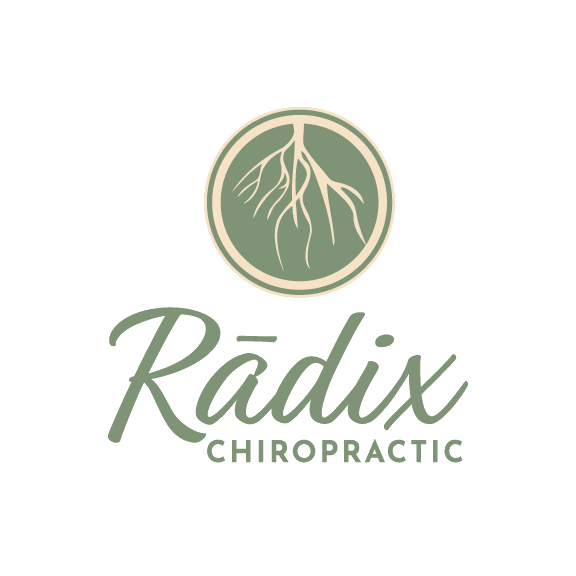Between 2000 and 2023, there has been a 57% increase in chiropractic adjustments, so it’s no wonder chiropractic care has become increasingly common in America. People are seeking relief from lower back pain and looking for ways to solve various joint and muscle issues. It is fairly well-known how chiropractic care benefits us, but what is less commonly known is what happens after an adjustment.
The After-Effects of Chiropractic Adjustments
For those experiencing aches and pains, such as lower back pain, a problem that affects many today, chiropractic care can be especially beneficial. It is pertinent to understand the procedures and potential effects when visiting a chiropractor.
One rather common after-effect of chiropractic manipulation is mild discomfort or pain in the targeted areas. During the adjustment, sudden force is applied to address the problem area, which can result in cracking sounds or the release of gas. While this might sound alarming, it’s entirely normal.
After the adjustment, you may experience discomfort in the treated joint, and some individuals report mild headaches. During the adjustment, toxins are released. These toxins can lead to temporary symptoms such as muscle stiffness, headaches, and even diarrhea. These should not raise any alarms, however, as these symptoms are part of the body’s process of eliminating toxins and adapting to the treatment.
Is It Normal to Feel Tired After a Chiropractic Adjustment?
After a chiropractic adjustment, it is common to feel fatigued. The toxins released during the adjustment are being flushed out of the body, which temporarily stresses the nervous system. You may feel tired after a chiropractic adjustment and experience mild symptoms such as muscle stiffness and a headache as a result.
Despite having initial discomforts, the long-term benefits of a chiropractic adjustment far outweigh the temporary pains. The removal of these toxins from the system is crucial to our overall well-being, and chiropractic adjustments help in the process. You should start to feel your energy levels increase as the toxins are eradicated, and you’ll begin to experience the full benefits of the adjustment.
When Can You Return to Your Daily Activities?
Some can return to their daily routines immediately. Despite what it may seem, a chiropractic adjustment will not usually require a lengthy recovery. However, some have been advised to avoid exerting excessive force during exercise for a short period of time.
If you are unsure when it is safe to resume workouts and sports activities, it is best to consult your chiropractor. In some situations, you may be ready to get back to your routine the same day. More severe cases may entail a more cautious approach.
Your chiropractor may recommend specific exercises and activities to assist in your recovery, such as swimming, known to be helpful for back pain. While chiropractic adjustments may provide relief, it is essential to follow up with proper care and exercise to reduce the probability of future problems.
In Summary
The symptoms following an adjustment are temporary, and many never feel them at all. Feeling tired or fatigued is completely normal and is primarily due to toxins being released, which will be flushed out over time.
To help minimize tiredness and prevent pain and stiffness, incorporate after-care tips to facilitate a swift recovery. The short-term discomfort is a small price to pay for the long-term benefits of improved health and maneuverability that chiropractic care provides.
Seeking a chiropractor in Colorado Springs, CO? Our skilled professionals at Radix Chiropractic offer a range of services, including chronic pain relief and injury prevention.


